0 x item(s)
- 957016 WSL Rapido BR 1/801 Departmental Van - No.ADM87671
957016 WSL Rapido BR 1/801 Departmental Van - No.ADM87671
Rapido say "Rapido Trains UK is proud to announce we will be expanding our OO Gauge wagon range with the BR Dia.1/801 Fish Van.
During the nineteenth century, the expanding railway network helped create a boom in the fishing industry. With fast, reliable services fresh fish was able to be transported by rail across the length and breadth of the UK. As early as the mid-1840s special fish trains were operated by several railway companies using specially built rolling stock. As technology developed faster services were offered with trains operating on the East Coast mainline all the way from Scotland to London. Fish vans on the LNER originally featured a short wheelbase but later developments settled on a larger 15ft wheelbase on the Diagram 214 12t Insul-Fish vans designed by the LNER but built under BR from 1949. These vehicles were designed to operate in passenger trains and featured LNER 8-shoe brake gear and steam heat pipes. British Railways continued to build a variation of these vans – Diagram 800. These were built with standard oil axleboxes but some were later upgraded to roller bearings in alter life.
The final diagram of fish van built by British Railways was the 1/801 diagram. Like the 1/800 this featured a 15ft wheelbase and 21’8” body. Roller bearings were used from new and allowed the wagons to travel at speeds of 60mph. As they were roller-bearing fitted, they gained the ‘Blue Spot’ designation on the bodysides. This design however featured several differences on the body, most notably the diagonal end bracing and around the side doors along with the adoption of the BR clasp brake system. Three batches of vans were built between 1960 and 1961 with a total of 558 vans being produced.
With the decline in fish traffic services ceased in 1968. Many vans were transferred to Parcels Traffic (coded NRV and later SPV under TOPS) and sported BR rail blue livery with ‘double arrow’ logo. Other vans found use in Engineers use, barrier vehicle use and even as support vehicles for breakdown cranes carrying a number of different liveries. This resulted in vans being seen all across the network. A small number of Diagram 1/801 vans have survived into preservation at locations such as the Swanage, Great Central and Bluebell railways.
This model will be the first Diagram 1/801 van ever produced in OO gauge ready-to-run. Our model features the usual wealth of detail alongside many separately fitted parts including steps on the engineers versions, and two different types of buffers as seen on the prototypes. Separate label boards will also be provided for modellers to fit as required. Metal bearings will aid super smooth running enabling prototypically long trains to run with ease."
-
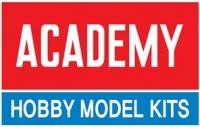
Academy Models
-

Accurascale
-
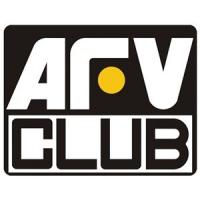
AFV Club
-
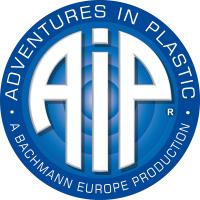
AIP by Bachmann
-
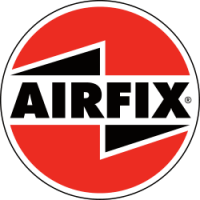
Airfix
-

Arnold
-

ATD Models
-
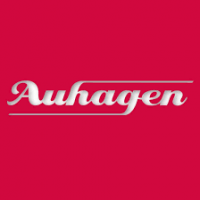
Auhagen
-

Bachmann
-

Bachmann Narrow Gauge
-
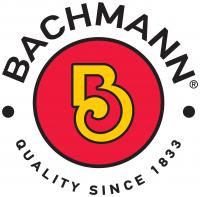
Bachmann USA
-
Barrie Stevenson
-

Bassett-Lowke
-

Berko
-
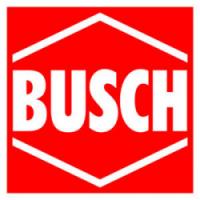
Busch
-

Cambrian
-

Clark Railworks
-

Corgi
-

Cornerstone
-

Dapol
-

DCC Concepts
-

Deluxe Materials
-

Dundas
-
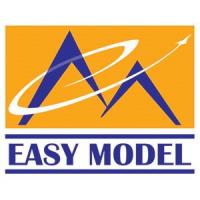
Easy Model
-

Eckon
-

EFE Rail
-

EFE Road
-

Emhar
-

ESU
-
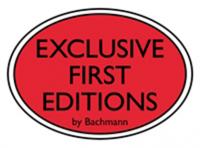
Exclusive First Editions
-

Faller
-

Fleischmann
-
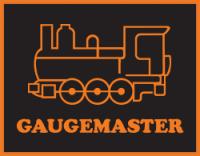
Gaugemaster
-

Gecko Models
-

Golden Valley Hobbies
-

Graham Farish
-

Greenlight Collectibles
-

Heljan
-
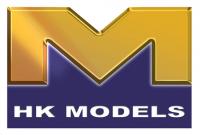
HK Models
-

Hornby
-

Hornby International
-

Hornby TT:120
-

Humbrol
-
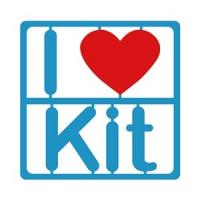
I Love Kit
-

Jouef
-
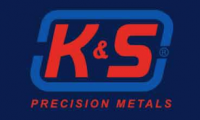
K&S Metals
-
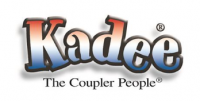
Kadee
-
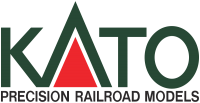
Kato
-
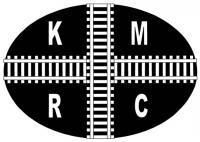
Kernow Models
-
Kestrel
-

Kibri
-

Lenz Digital
-
LightCraft
-

Liliput
-
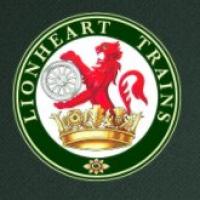
Lionheart Trains
-

Merit
-

Metcalfe
-

Middleton Press
-
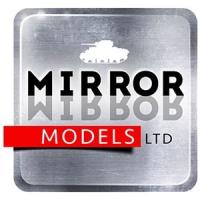
Mirror Models
-
Miscellaneous
-

model scene
-

ModelMaker
-

Murphy Models
-

Noch
-

Oxford Diecast
-
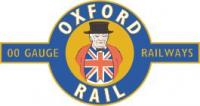
Oxford Rail
-
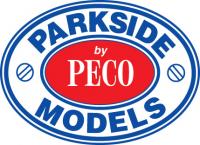
Parkside by Peco
-

PECO
-

Plastruct
-
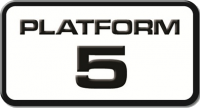
Platform 5
-

PM Model
-

Preiser
-

Proses
-
RailMatch
-
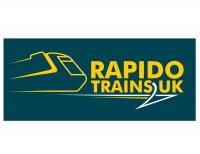
Rapido
-
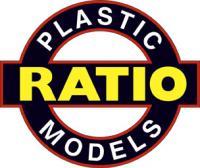
Ratio
-

Revell
-

Revolution Trains
-

Rivarossi
-

Roco
-
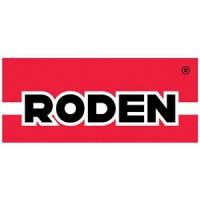
Roden
-

Scale Model Scenery
-

Scalextric
-
Shawplan
-

Slaters
-
Smiths
-

Springside
-
Star Tec
-
Strathwood
-

Superquick
-
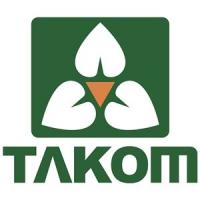
Takom
-
Taliesin
-
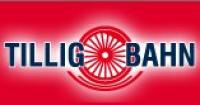
Tillig
-
Tiny Signs
-

Toyway
-
Tracksetta
-

Train-Tech
-

TrainSave
-
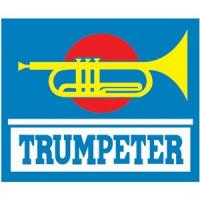
Trumpeter
-

Viessmann
-

Vollmer
-
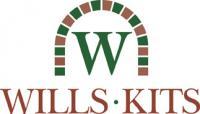
Wills
-

Woodland Scenics
-

Xuron
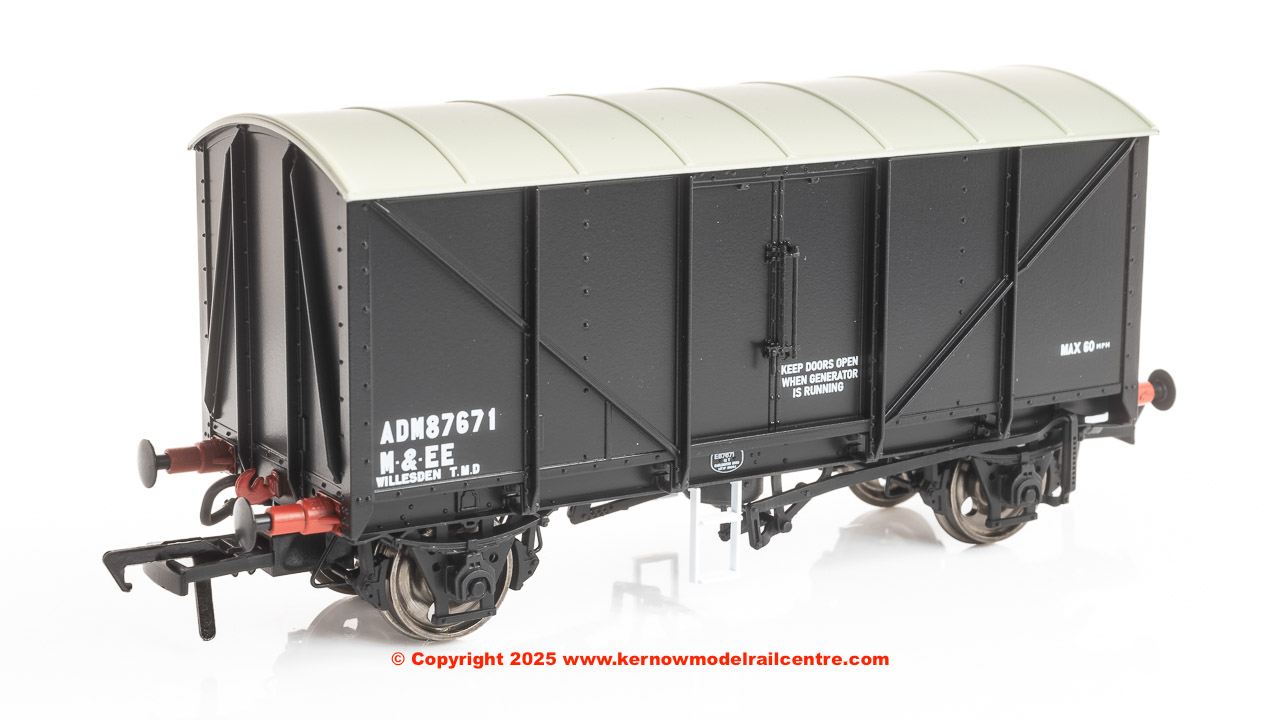
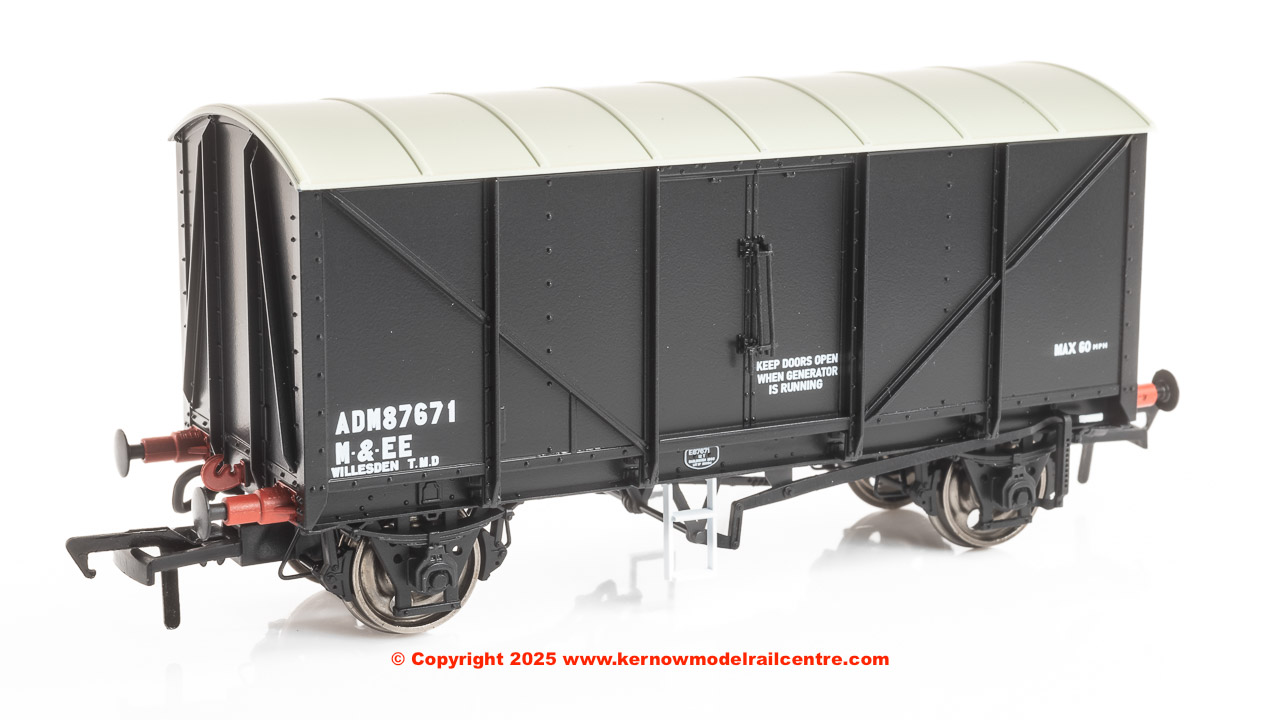
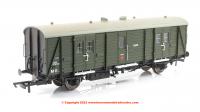
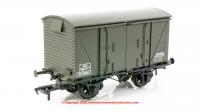
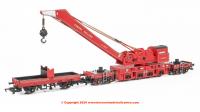

Connect with us socially

